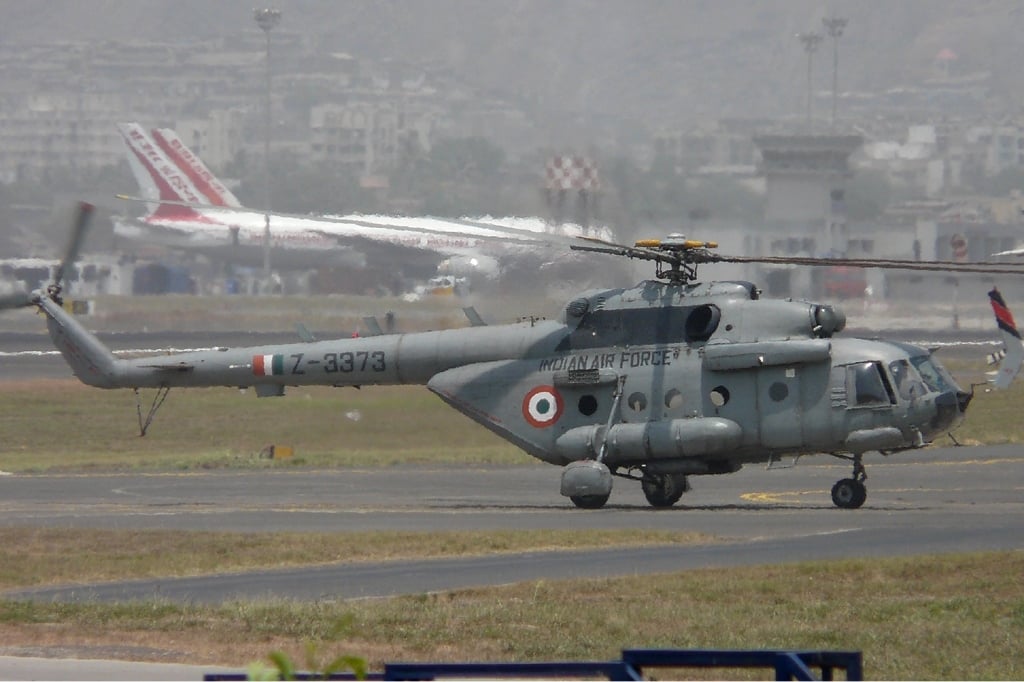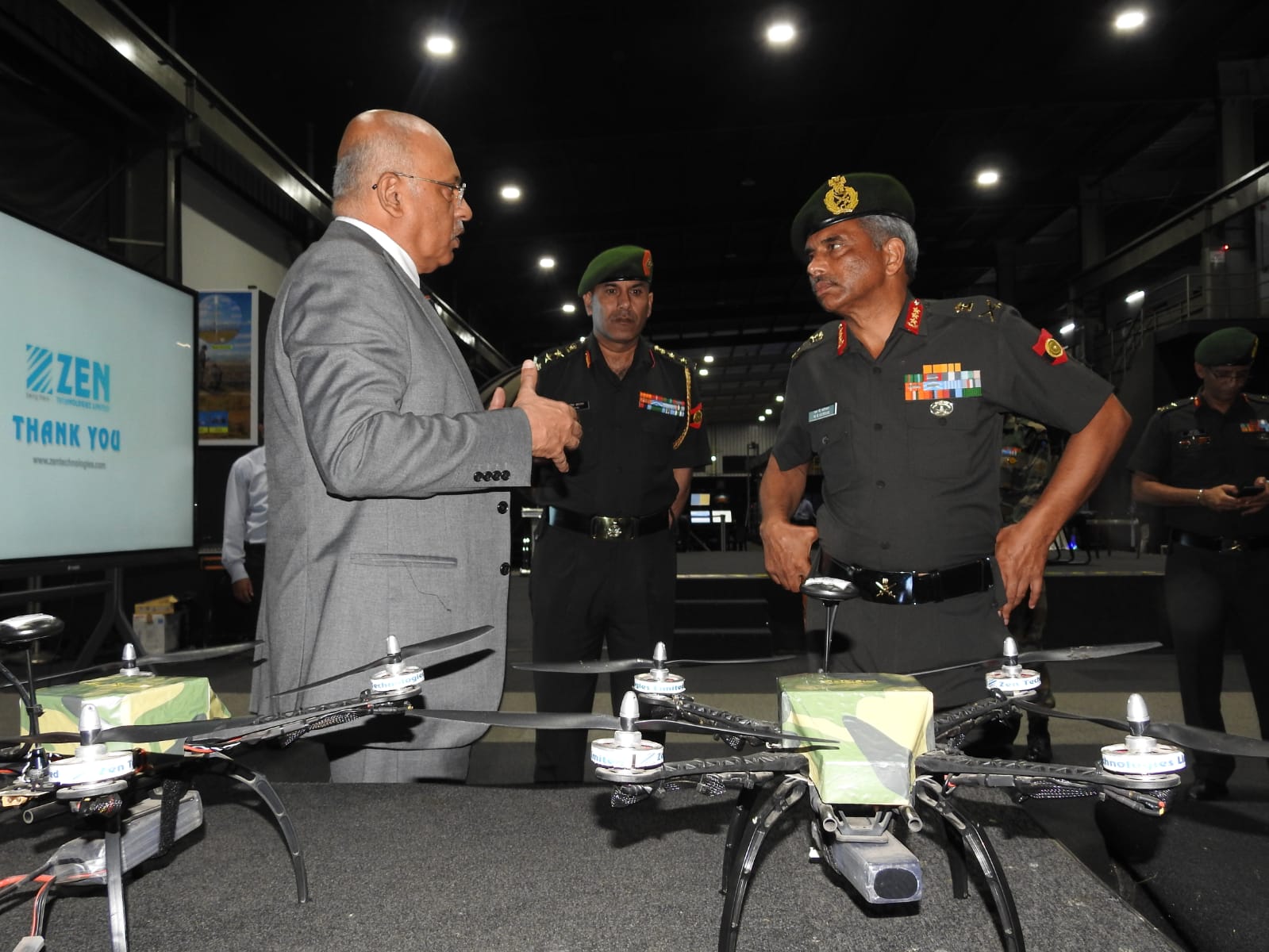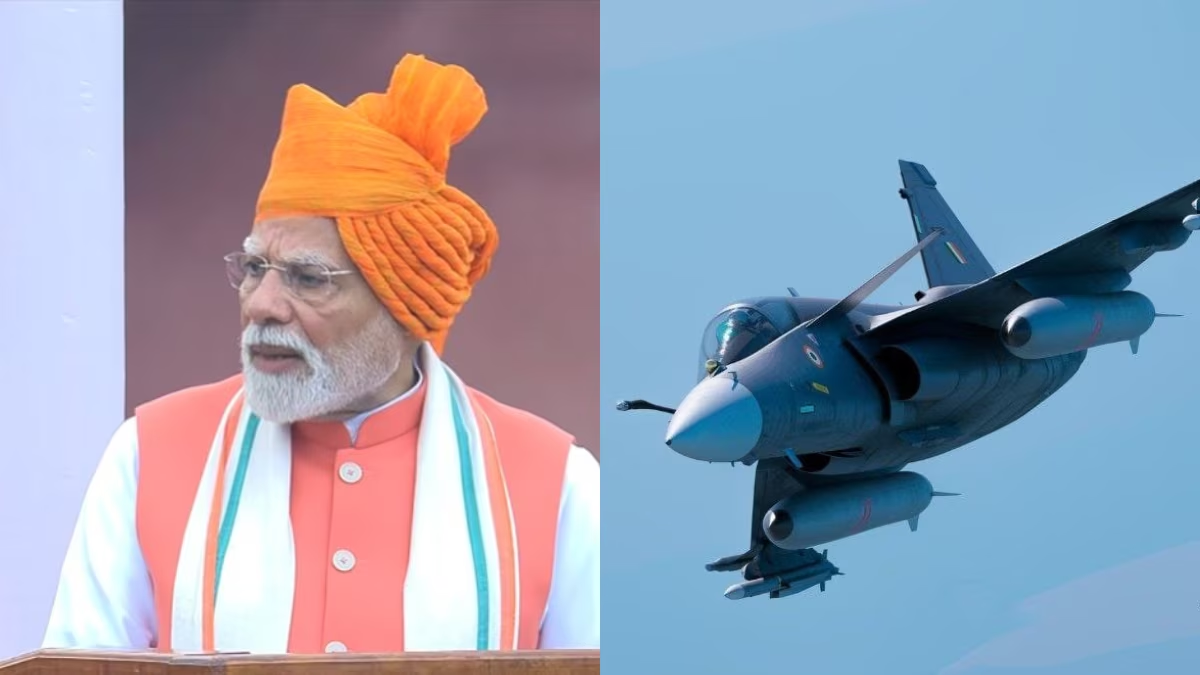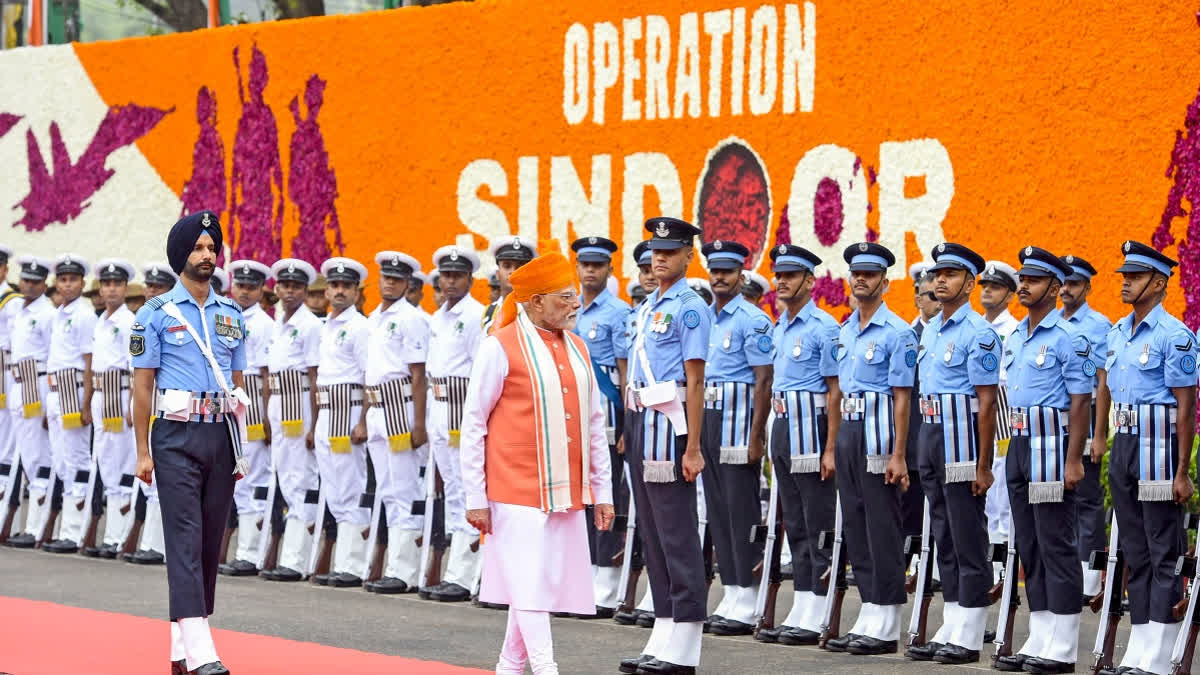Indian Air Force on Standby for Jammu and Kashmir Cloudburst Relief Operations
The Indian Air Force (IAF) has mobilized emergency air assets to assist in relief efforts following a devastating cloudburst in…
Lt Gen Manoj Kumar Katiyar Reviews Drones, CUAS, and Radar Systems during Visit to Secunderabad Innovation Hub
In a significant move to enhance India's defense capabilities, Lieutenant General Manoj Kumar Katiyar, PVSM, AVSM, the Army Commander of…
‘6-7 Planes Came Down’: Trump Again Claims Credit for India-Pakistan Ceasefire
US President Donald Trump has once again asserted that he brokered the ceasefire between India and Pakistan during Operation Sindoor,…
Trump Says Tariffs on India ‘Probably’ Pushed Putin to Negotiating Table
US President Donald Trump suggested on Thursday that his decision to impose additional tariffs on India may have played a…
PM Modi Urges Made-in-India Fighter Jet Engines to Boost Defence Self-Reliance
Marking India’s 79th Independence Day from the Red Fort, Prime Minister Narendra Modi issued a strong call to action for…
PM Modi Launches ‘Sudarshan Chakra Mission’ to Develop India’s Own Iron Dome-Like Defence System
Prime Minister Narendra Modi has announced the launch of the Sudarshan Chakra Mission, an ambitious decade-long national security initiative aimed…






